Cangwu Liubao Tea, a name that resonates with depth and tradition in the world of fermented teas, holds a distinguished place among China’s vast tea heritage. Often overshadowed by its more famous counterparts like Pu-erh or Oolong, this dark tea variety from the misty mountains of Guangxi Province has carved its own niche through a unique combination of terroir, age-old techniques, and a flavor profile that evolves gracefully with time. To understand what Cangwu Liubao Tea truly is, one must embark on a journey through its historical roots, meticulous production process, and the cultural tapestry that surrounds it.
A Historical Tapestry Woven Over Centuries
The story of Cangwu Liubao Tea begins in the Tang Dynasty (618–907 CE), when tea was not merely a beverage but a currency of diplomacy and spirituality. Historical records suggest that Liubao Tea was already being traded along the ancient Maritime Silk Road, a testament to its early recognition as a commodity of value. The name “Liubao” itself is derived from the six ancient tea mountains (Liu meaning “six,” Bao meaning “treasure”) in the Cangwu County of Guangxi, where the tea originated. These mountains, shrouded in clouds and draped in lush vegetation, provided the ideal microclimate for cultivating tea trees with thick, robust leaves—a hallmark of Liubao Tea.
During the Ming and Qing Dynasties, Liubao Tea gained prominence as a tribute tea, revered by imperial courts for its earthy sweetness and medicinal properties. Its popularity soared in Southeast Asia, particularly in Malaysia and Singapore, where it became a staple in coolie communities for its ability to aid digestion and combat tropical humidity. This historical connection to overseas Chinese diasporas cemented Liubao Tea’s reputation as a “tea of the people,” bridging cultures and continents.

The Art of Creation: From Leaf to Loose-Leaf Masterpiece
What sets Cangwu Liubao Tea apart is its intricate production process, a dance between human craftsmanship and microbial alchemy. The journey begins in spring, when tea masters carefully handpick leaves from large-leaf varietals of the Camellia sinensis plant. These leaves, thicker and more mature than those used for green teas, undergo a series of steps that transform them into the dark, earthy brew Liubao is known for.
- Withering: Freshly picked leaves are spread out indoors or under shade to reduce moisture content gently. This step softens the leaves, preparing them for the next phase.
- Pan-Frying: The withered leaves are tossed in large woks over moderate heat, a technique that halts oxidation and imparts a subtle smokiness.
- Rolling: Mechanical rollers break down cell walls, releasing enzymes that will later contribute to fermentation. This step also shapes the leaves into tight curls.
- Pile-Fermentation (Wo Dui): The most critical stage, pile-fermentation involves piling the rolled leaves in a controlled environment. Microbes, including Aspergillus niger and Eurotium cristatum (the golden flower fungus), break down complex compounds, reducing bitterness and developing the tea’s signature mellow sweetness.
- Drying: The fermented leaves are slowly dried, either in sunlight or using low-heat ovens, to halt further microbial activity.
Unlike Pu-erh, which is often compressed into cakes, Liubao Tea is typically aged as loose leaves or in bamboo baskets. This allows for more even aging, with flavors deepening into notes of camphor, dates, and aged wood over decades.
The Flavor Profile: Earthy Complexity Meets Timeless Elegance
Cangwu Liubao Tea’s allure lies in its ability to age gracefully, much like fine wine. A young Liubao (1–5 years old) offers bold, woody flavors with hints of dried fruit and a brisk finish. As it matures (5–15 years), the tea mellows, developing a creamy texture and notes of honey, licorice, and even a faint mushroom-like umami. Vintage Liubao (15+ years) becomes a revelation, with a silky mouthfeel, complex layers of camphor, and a lingering sweetness that coats the palate.
What makes this evolution possible is the interplay between polyphenols, antioxidants, and microbial byproducts during aging. The golden flower fungus, Eurotium cristatum, not only contributes to flavor but also produces enzymes that break down caffeine, making aged Liubao Tea gentler on the stomach compared to younger teas.
Health Benefits: A Brew of Wellness
Beyond its culinary appeal, Cangwu Liubao Tea has long been cherished for its health-promoting properties. Traditional Chinese Medicine praises it for aiding digestion, reducing cholesterol, and detoxifying the body. Modern scientific studies are beginning to validate these claims:
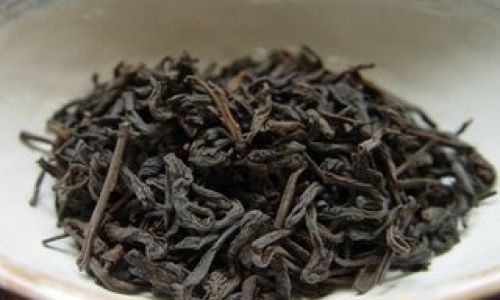
- Antioxidant Powerhouse: Rich in polyphenols like gallic acid and catechins, Liubao Tea combats oxidative stress, potentially reducing the risk of chronic diseases.
- Gut Health Ally: The microbial fermentation process introduces probiotics and prebiotics, supporting a balanced gut microbiome.
- Metabolic Booster: Some research suggests that Liubao Tea may enhance fat metabolism, aiding in weight management.
- Stress Relief: Theanine, an amino acid present in the tea, promotes relaxation without drowsiness, making it an ideal evening brew.
However, enthusiasts caution against overconsumption, as aged teas can still contain trace amounts of caffeine.
Cultural Significance: A Tea That Transcends Borders
Cangwu Liubao Tea is more than a beverage—it’s a cultural ambassador. In rural Guangxi, tea ceremonies are integral to weddings, funerals, and ancestral worship. The act of brewing Liubao, with its ritualistic pouring and sharing, symbolizes harmony and respect. During the Qingming Festival, families offer aged Liubao to ancestors, believing it bridges the earthly and spiritual realms.
Globally, Liubao Tea has found a renewed following among tea connoisseurs seeking alternatives to overhyped varieties. In Malaysia, it’s brewed strong with sugar and milk, a nod to its colonial-era history. In Japan, minimalist tea houses serve it chilled, highlighting its natural sweetness. This cross-cultural adaptability underscores Liubao’s universal appeal.
Modern Revival: Balancing Tradition and Innovation
The 21st century has seen a resurgence in Liubao Tea’s popularity, driven by both nostalgia and a growing interest in artisanal teas. Small-batch producers are experimenting with wild-harvested leaves and hybrid fermentation techniques, creating limited-edition blends that fetch premium prices. Meanwhile, eco-conscious initiatives aim to preserve Cangwu’s ancient tea forests, which face threats from deforestation and climate change.
The Chinese government has also recognized Liubao’s cultural value, granting it Geographical Indication (GI) status in 2011. This designation protects authentic Liubao from imitations and ensures quality standards are upheld. Today, visitors to Cangwu can tour tea museums, participate in harvest festivals, and even stay in traditional tea-themed guesthouses, immersing themselves in Liubao’s legacy.
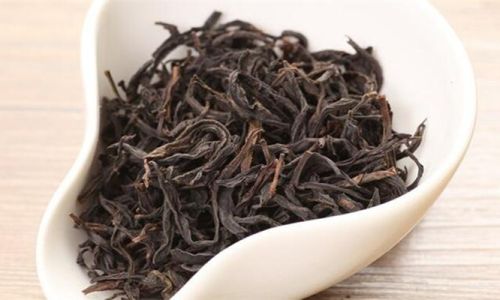
Brewing the Perfect Cup: Rituals and Techniques
To fully appreciate Cangwu Liubao Tea, one must master the art of brewing. Unlike delicate green teas, Liubao thrives under high temperatures and prolonged steeping:
- Water Quality: Use soft, mineral-rich water (ideally spring water) to avoid masking the tea’s nuances.
- Temperature: Boil water to 95–100°C (203–212°F) to extract full flavor.
- Leaf-to-Water Ratio: 1 gram of tea per 50ml of water (adjust to taste).
- Steeping Time: Start with 10 seconds for the first infusion, increasing by 5–10 seconds each subsequent steep.
- Vessel: A clay teapot or porcelain gaiwan enhances aging notes, while a glass cup allows observation of the tea’s amber hue.
Aged Liubao can be steeped 8–10 times, with each infusion revealing new layers of flavor.
Conclusion: A Timeless Elixir for the Modern Age
Cangwu Liubao Tea is a testament to the enduring power of tradition. Born in the misty mountains of Guangxi, shaped by centuries of craftsmanship, and embraced by cultures worldwide, it embodies the harmony between nature and human ingenuity. Whether sipped for its earthy complexity, health benefits, or cultural resonance, Liubao Tea invites contemplation—a moment to pause and savor the slow unfolding of time.
In an era of instant gratification, Cangwu Liubao Tea stands as a reminder that some treasures only reveal their true worth when given the space to age gracefully. So, the next time you brew a pot, let it be more than a beverage—let it be a journey through history, a toast to craftsmanship, and a celebration of the enduring magic of tea.
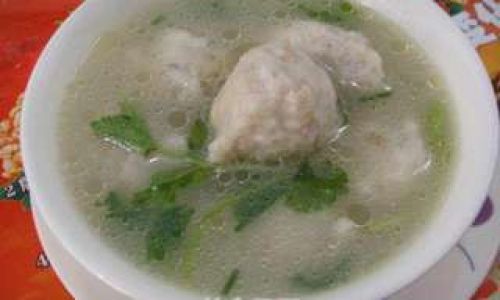
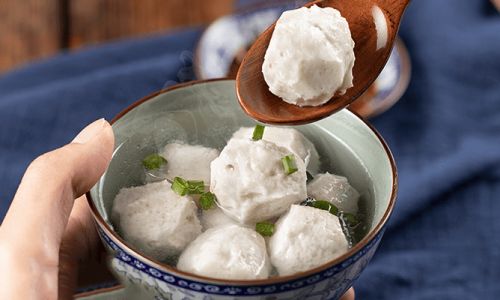
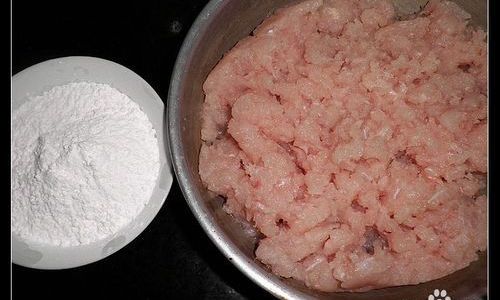
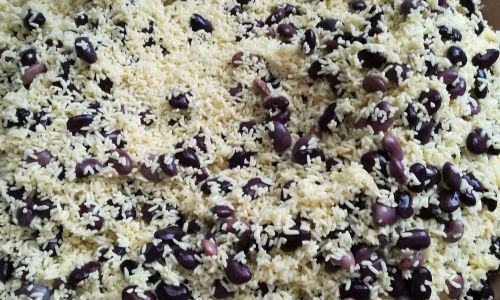
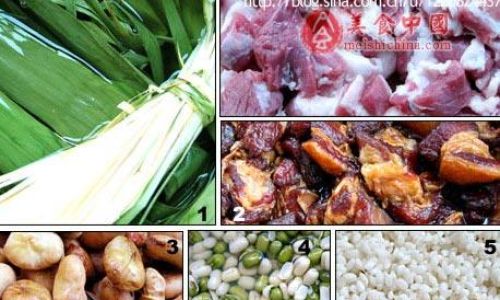
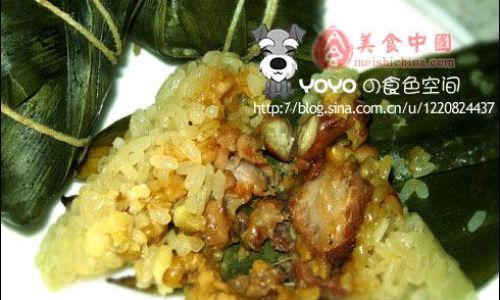
0 comments